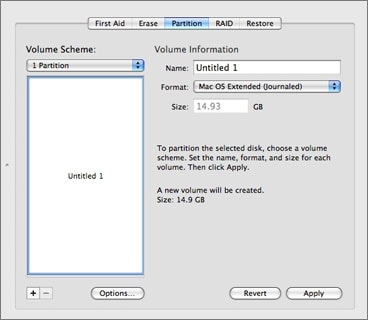How To Search For Installed Program On Mac
 Knowing how to check for recently created or modified files in your computer is important because there might be a time when someone used your computer for a moment and you need check if there has been any third party software installed without your permission. Click on that, and then in the filter bar in the main window, type installed (unlike the grep command I gave you above, this one is not case sensitive and will return both ‘Installed’ and ‘installed’). Most Mac applications don't have to be installed, you just have to copy the applications in the Applications folder. Normally, all installed applications that are in the /Applications folder appear automatically in the Launchpad. When Windows installs a program, it places bits and pieces of code throughout the registry in a process so complicated that to undo it, each program needs its own uninstaller. By contrast, uninstalling software on a Mac is as simple as finding an icon and dragging it to the trash.
Knowing how to check for recently created or modified files in your computer is important because there might be a time when someone used your computer for a moment and you need check if there has been any third party software installed without your permission. Click on that, and then in the filter bar in the main window, type installed (unlike the grep command I gave you above, this one is not case sensitive and will return both ‘Installed’ and ‘installed’). Most Mac applications don't have to be installed, you just have to copy the applications in the Applications folder. Normally, all installed applications that are in the /Applications folder appear automatically in the Launchpad. When Windows installs a program, it places bits and pieces of code throughout the registry in a process so complicated that to undo it, each program needs its own uninstaller. By contrast, uninstalling software on a Mac is as simple as finding an icon and dragging it to the trash.
UPDATE: I’ve written a free app that pretty much supercedes what I wrote in this post. Now has a system analyser that records and displays changes to your system configuration over time. Ever wondered if a link you clicked sneakily downloaded and installed some unwanted software on your mac? Or have you suddenly found your mac behaving weirdly, a situation that is often a result of installing new software that conflicts with something else on the system, but can’t remember what you recently installed?
Microsoft Azure Stack is an extension of Azure—bringing the agility and innovation of cloud computing to your on-premises environment and enabling the only hybrid cloud which allows you to build and deploy hybrid applications anywhere. We bring together the best of the edge and cloud to deliver Azure services anywhere in your environment. 
In these sorts of scenarios, what you need to do is check your install logs. I’ll tell you how to do that in a moment – in a number of ways – but first let’s just make a few notes. Firstly, chances are you’ll find more than one install log in your logs folder. The most recent one is simply called install.log, older ones will have a filename ending with.bz2, indicating a compressed file. Secondly, the reason you may have more than one install log is that OS X creates new install logs every time the log file gets to around 1MB in size. It then compresses and keeps the old logs, typically up to five logs prior to the current one.
How To Find Installed Programs On Macbook Air
Pro Tip No.1: if you’re a Terminal whizz and you want to change how many old logs are kept or at what size the log file gets turned over, you can edit the /etc/newsyslog.conf file, but be sure to read the man page for newsyslog first. Typically, we’re only going to be interested in examining the most recent log file if troubleshooting new problems, but the process that I’m going to describe here can also be used to view the older logs, too. Apple buries the logs deep into parts of OS X that ordinary users typically don’t reach, but fortunately, there’s numerous ways to get at your install logs, and though some of them may be unfamiliar, none of them are particularly difficult or dangerous.
On the Layout tab, under Page Setup, click Break, and then click the kind of section break that you want. The following table shows examples of the types of section breaks that you can insert. In each illustration, the double-dotted line represents a section break. To find section breaks in your document, make sure the “Home” tab is active and click “Replace” in the “Editing” section. You can also press “Ctrl + H”. The “Replace” tab on the “Find and Replace” dialog box displays. In it the Page Setup box brings up a box with Page Attributes and Microsoft Word as the only two options. Neither offer any solution. I've tried to delete everything between the two chapters, then Insert a Page Break. All that happens is that it inserts both a Page Break AND a Section Break. I've googled all over the place with no result. Short video showing how to delete a section (or page) break in Word on Mac (Apple) (example is a Macbook Pro). It's fairly simple, yet it personally took me some time to find how to do this. I view all hidden formatting, found a section break, was told to click on it and delete; but hen i click on it it does not select, the cursor keeps going to the character immediately before the section break. Delete section breaks in word for mac.